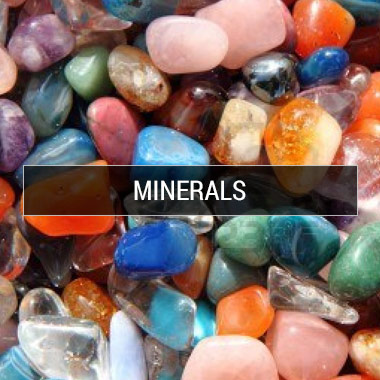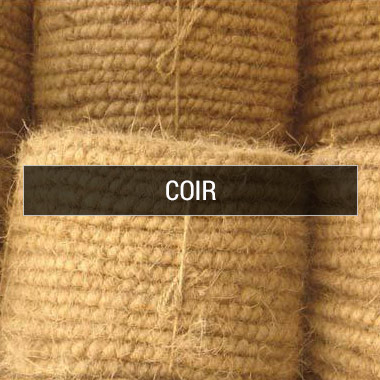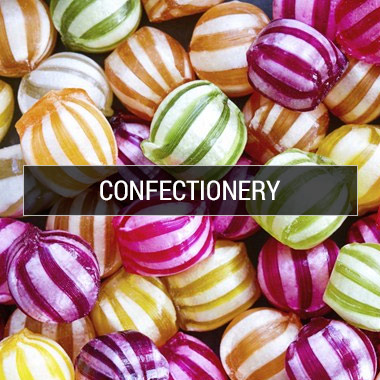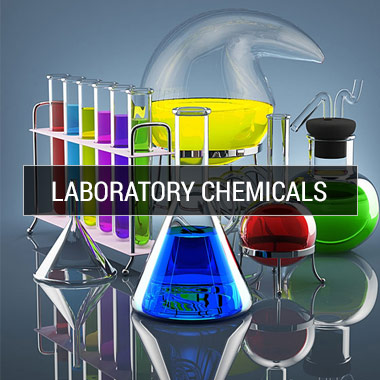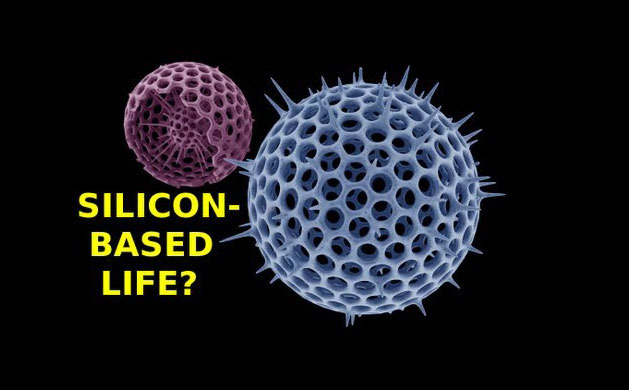
Could Human Life Be Silicon-Based?
June 13, 2022 · Remya V G

The first scientific proposal for silicon-based life extends back to 1891 and the ideas of German astrophysicist Julius Scheiner. Since that time scientists have debated the prospects of silicon-based life—with some embracing its plausibility and others dismissing it. But as a team of astrobiologists from MIT have recently pointed out, to date no one has systematically and comprehensively assessed the capacity of silicon to support life in both a terrestrial environment and plausible nonterrestrial settings. They tackle this problem in a 2020 review article published in the journal Life in which they present a detailed evaluation of silicon's life-support capacity.
Before it's possible to assess the usefulness of silicon as a chemical framework for life, it's necessary to identify the general chemical requirements for life. The team from MIT notes that any life-supporting chemical element must display sufficient chemical diversity. This chemical diversity is required to produce the chemical complexity necessary to generate the diverse collection of molecular structures and chemical operations required to originate and sustain living systems.
Some facts about Silicon
Silicon (from the Latin word silex, silicis for flint) is the fourteenth element of the periodic table and has an atomic weight of 28.083. Elemental silicon has never been found in nature in a free state. It occurs as combined with other elements such as oxygen, alkaline and alkali metal etc. As silica and silicates it accounts for approximately 25% of the earth's crust.
- In its pure state, silicon is a metal-like substance
- In its natural state, silicon appears bound up with other elements in the form of compounds
- Silicon is neither metal nor non-metal; it's a metalloid, an element that falls somewhere between the two.
- Abundantly found in the earth's crust, as 27% of Earth's crust contains silicon
- It is relatively unreactive
Uses of Silicon
- The element is a major constituent in ceramics and bricks.
- Being a semiconductor, the element is put into use for making transistors.
- Silicon is widely used in computer chips and solar cells.
- It is a vital component of Portland cement.
- Silicon is used in the production of fire bricks.
- Several waterproofing systems employ silicones as a component.
- Silicon is used in much mould release agents and moulding compounds.
- It is also a component of ferrosilicon – an alloy widely used in the steel industry.
- Granite and most other rocks are complex silicates, and these are used for civil engineering projects
- Sand (silicon dioxide or silica) and clay (aluminium silicate) are used to make concrete, cement and glass.
- Silicon is also used to make silicones. These are silicon-oxygen polymers with methyl groups attached. Silicone oil is a lubricant and is added to some cosmetics and hair conditioners. Silicone rubber is used as a waterproof sealant in bathrooms and around windows, pipes and roofs.
Compounds/Polymers of Silicon (Silicon Materials)
- Silanes: Silanes are very strong reducing agents and consist of homologous series of compounds such as silicon hydrides. When exposed to air, these polymers are very reactive and can easily catch fire. At room temperature, they are unstable.
- Silicides: Silicides have similar structures to borides and carbides. Due to their similar structure, the heat of formation of these elements is similar. Silicon carbide is also known as Carborundum which is widely used as powdery material to polish or grind other material and has refractory properties.
- Silica: Silica (Silicon dioxide) mainly consists of granite and sandstone which is used in the manufacture of glass, abrasives, in water filtration, as a food additive, and many more.
- Halides: Silicon compounds, mostly carbides, form silicon tetra-halides when they react with stable halogens. Unlike carbon tetra-halides, these readily hydrolyse in water.
- Silicic Acids: Hydrated silica gels are formed as a result of increasing water concentration. Most silica gels are found to occur in an aqueous state.
![]()
Silicon is a very important element for human use in the form of very pure non-metal for manufacture of semiconductor, chips, microprocessor, IC and so on. The pure element is also the raw material for a series of organo-silicon compounds with a wide use from special electrical insulators to breast implant jelly to special lubricants used in extreme conditions, special elastomers as rubber substitutes. The derivatives can be a wide range of polymers from light oily liquids to high molecular weight rubbers.
![]()
We may not understand its full potential at present, but the range of remarkable properties offered by silicon means that it is likely to be at the forefront of any technological advances. After all, as Bill Gates once said, "There will always be ignorance, and ignorance leads to fear. But with time, people will come to accept their silicon masters.
Physical Properties of Silicon :
| Group | 14
|
Melting point | 1414°C, 2577°F, 1687 K
|
| Period | 3
|
Boiling point | 3265°C, 5909°F, 3538 K
|
| Block | p
|
Density (g cm−3) | 2.3296
|
| Atomic number | 14
|
Relative atomic mass | 28.085
|
| State at 20°C | Solid
|
Key isotopes | 28Si, 30Si |
| Electron configuration | [Ne]3s2 3p2 | CAS number | 7440-21-3 |
Quick Enquiry
To know more about Associated Chemicals feel free to send a message
 Our Sister Concerns
Our Sister Concerns 


Usefull Links
Get In Touch
Assochem Chambers, Bypass, Edapally,
Kochi-682024, Kerala, India.
Phones : +91 9495999349, +91 9388610189, +91 484 2339190, +91 484 2348028
E-mail : nsn@assochem.in, marketing@assochem.in, mail@assochem.in
Support









